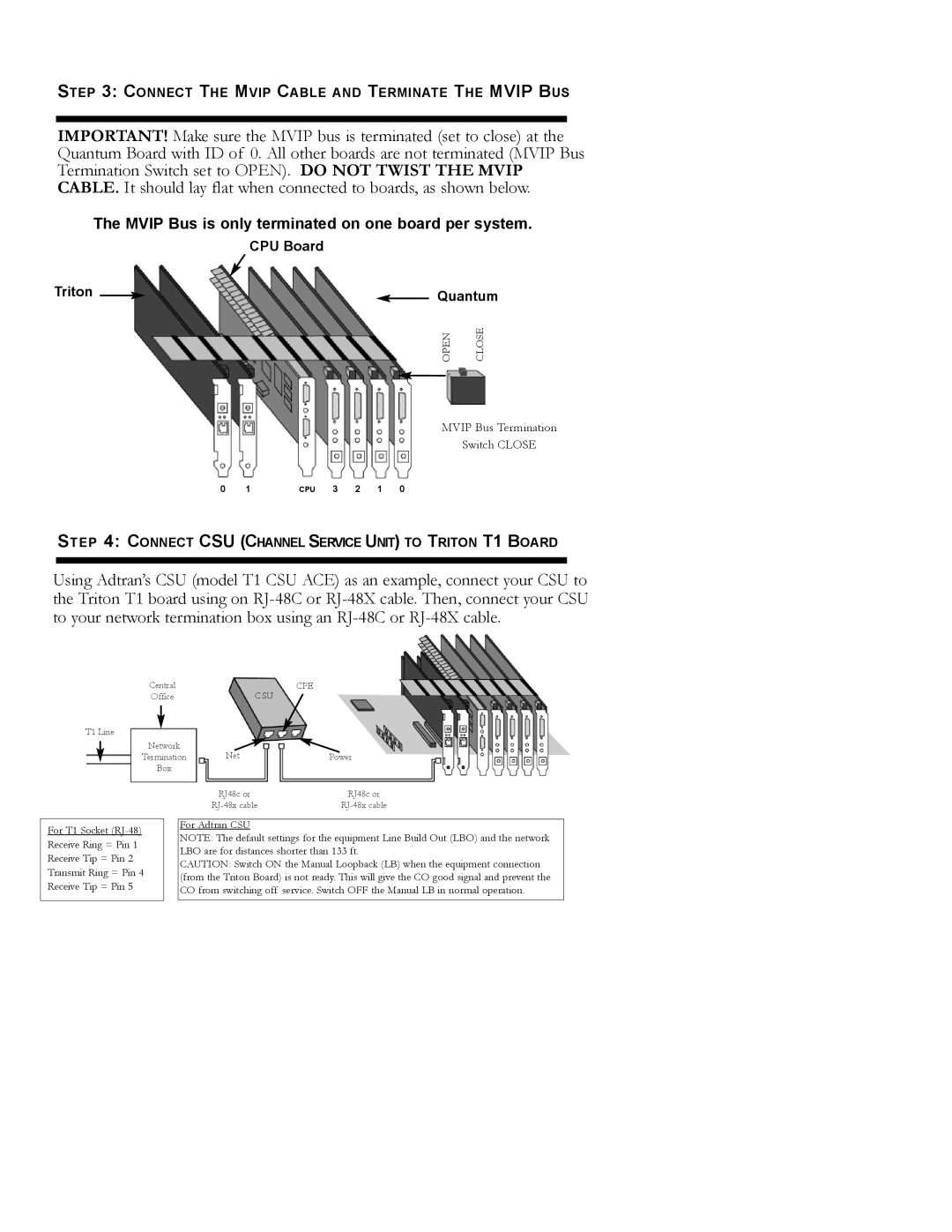T1 specifications
AltiGen Communications T1 is a robust telecommunications solution tailored for businesses seeking to enhance their communication capabilities through advanced technologies. This system acts as a bridge between traditional telephony and modern VoIP (Voice over Internet Protocol) systems, providing a reliable network that is essential for seamless communication in any business environment.One of the prominent features of the AltiGen T1 system is its ability to support multiple voice channels over a single digital line. This capability allows businesses to handle multiple calls simultaneously, thereby improving customer service and internal communication efficiency. The T1 technology provides up to 24 voice channels, making it ideal for medium to large-sized businesses that experience high call volumes.
In terms of technology, the AltiGen T1 system is designed to integrate seamlessly with various Unified Communications (UC) platforms. This integration enables users to unify voice, video, and data communication, providing a more cohesive communication experience. With UC features such as voicemail to email, video conferencing, and instant messaging, businesses can streamline their communication processes, reduce lag times, and enhance collaboration among teams.
The AltiGen T1 also includes advanced call management features, such as auto-attendant and call routing, which help ensure that calls are directed to the appropriate departments without unnecessary delays. Furthermore, the system provides detailed reporting and analytics tools that allow businesses to monitor call activity and performance, facilitating informed decision-making related to resource allocation and staff training.
Another significant characteristic of the AltiGen T1 system is its reliability and scalability. The system supports a variety of endpoints, including analog phones, digital phones, and IP phones, allowing businesses the flexibility to choose the devices that best suit their operational needs. As organizations grow, the T1 system can easily scale, accommodating additional users and features without the need for substantial infrastructure changes.
In summary, the AltiGen Communications T1 system stands out for its combination of traditional telephony features with cutting-edge VoIP technologies. Its support for multiple channels, seamless integration with UC platforms, advanced call management tools, and scalability make it an appealing choice for businesses aiming to enhance their communication capabilities and drive efficiency in their operations.

